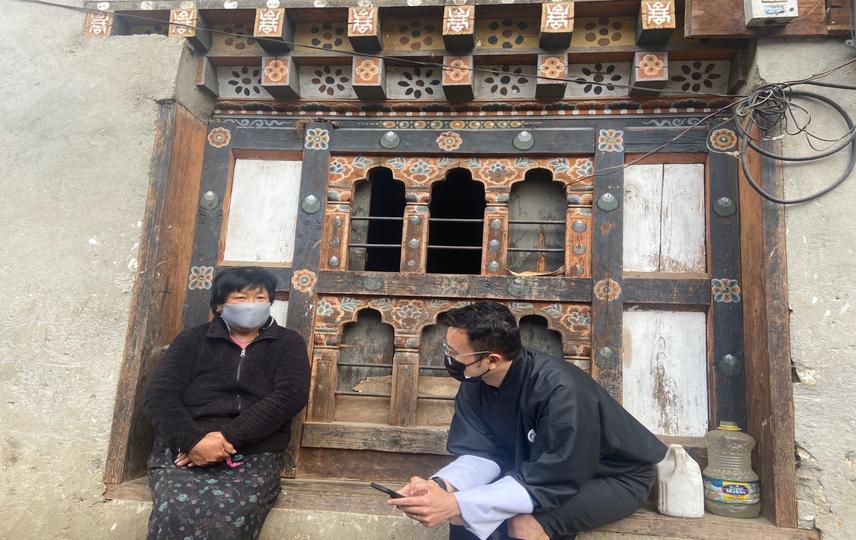Kelly Tamang
Golden Mahseer is an endangered fish species that plays a critical role in maintaining river ecology. The fish is also one of the eight auspicious symbols in Buddhism. Hence, its value touches aspects of science and society. Although the species is totally protected under the forestry laws of Bhutan, its population are under threats from illegal fishing and land use changes. So far, mahseer studies have focused on distribution and movement, and no studies have explored the attitude of communities towards the species. Therefore, this study document’s attitude of communities and ascertain the influence of socio-economic status on mahseer conservation.

Data collection.
In Bhutan mahseer studies until now have captured its distribution and movement (Gurung et al., 2013, Dorji, S.,2014, and Phillip et al., 2015). However, there are no studies conducted in areas of community’s attitude towards mahseer and its conservation. Such important social dimension merits studies with plurality of methods- quantitative and qualitative for mahseer conservation to succeed in Bhutan.
Evidence of mahseer harvest in the study area is documented but it lacks a knowledge gap to ascertain ‘why’ are the mahseers harvested by the communities and if the socio-economic status of communities acts as an underlying driver. In addition, accelerated land-use changes in the study area contributes to water pollution. Thereby, negatively impacting the species. Therefore, community-based understanding of the species and Geographic Information System (GIS) based land-use land cover analysis of the study area will give concrete results for informed decision making for a successful Golden Mahseer conservation in the study area.